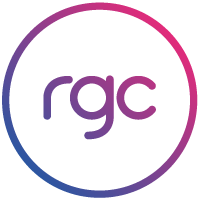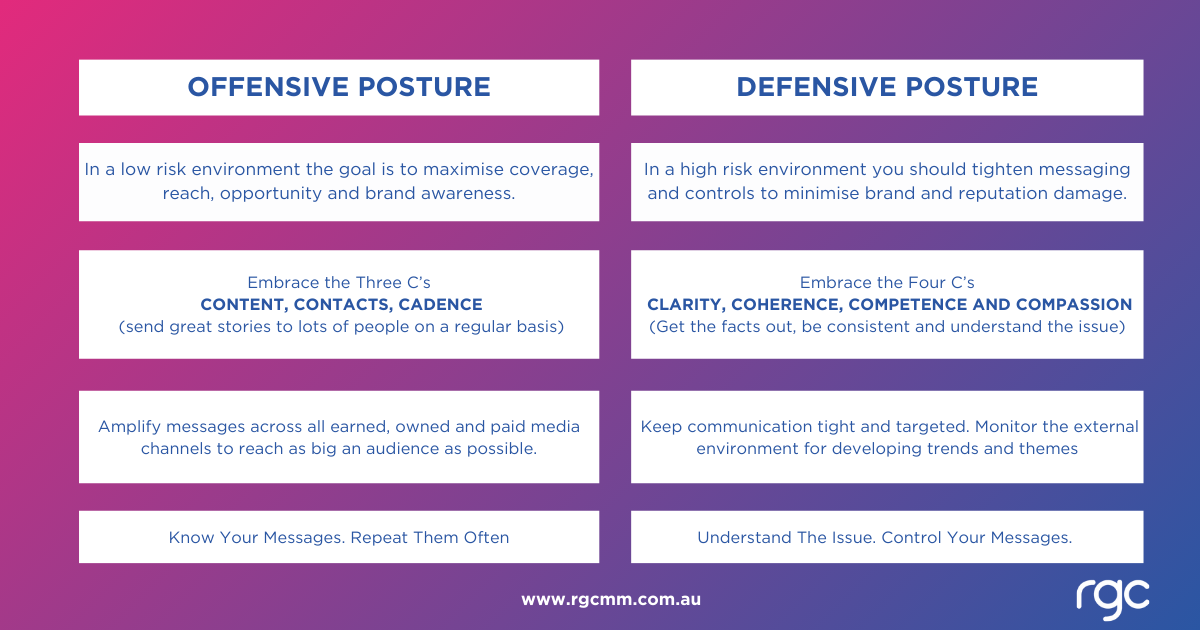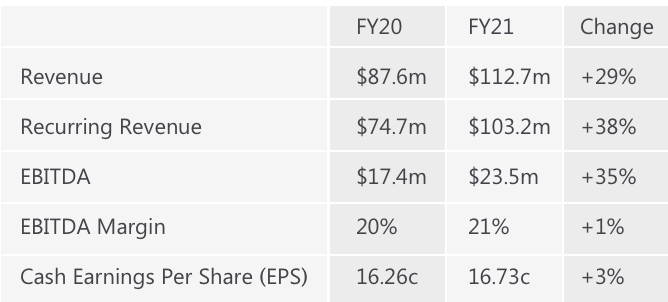Developing both offensive and defensive corporate communications strategies, and having a strong understanding when to use them, is crucial to effectively managing and shaping an organisation’s reputation, brand perception, and stakeholder relationships.
The different strategies have vastly different objectives and tactics and are designed to address proactive opportunities and reactive challenges, ensuring your organisation maintains a favorable public image while also being prepared to mitigate potential crises.
Offensive Communication Strategy
An offensive posture best is best described as a proactive engagement, and aims to enhance the company’s reputation, promote its products or services, and engage positively with stakeholders. The primary goals are to build brand equity, foster customer loyalty, and position the organisation as a leader in its industry. There are a range of different offensive strategies and tactics that can be implemented.
1. Brand Building:
- Content Marketing: Creating valuable, relevant, and consistent content to attract and engage a clearly defined audience. This includes blogs, videos, infographics, and social media posts that highlight the company’s expertise and values.
- Public Relations Campaigns: Engaging with the media to secure positive coverage in reputable publications. This involves press releases, media pitches, and events that showcase company achievements, innovations, and thought leadership.
- Social Media Engagement: Actively participating in social media platforms to connect with customers and influencers. This strategy involves regular posts, responding to comments, and leveraging trending topics to enhance visibility and engagement.
2. Thought Leadership:
- Industry Conferences and Speaking Engagements: Positioning company executives as industry leaders through keynote speeches, panel discussions, and participation in industry events. This builds credibility and establishes the company as an authority in its field.
- Research and White Papers: Publishing in-depth research and white papers on relevant industry topics. This demonstrates the company’s expertise and contributes to the broader industry knowledge base.
3. Customer Engagement:
- Customer Testimonials and Case Studies: Showcasing success stories and positive experiences from existing customers. These testimonials can be used in marketing materials, on the company website, and in sales presentations.
- Loyalty Programs and Community Building: Developing programs that reward loyal customers and create a sense of community around the brand. This fosters long-term relationships and encourages word-of-mouth promotion.
Defensive Communication Strategy
A defensive communication strategy is reactive, focusing on protecting the company’s reputation during crises or negative situations. The primary goals are to minimize damage, maintain trust, and resolve issues effectively.
1. Crisis Management:
- Crisis Communication Plan: Developing a comprehensive plan that outlines roles, responsibilities, and protocols for addressing various types of crises. This includes identifying potential risks, preparing key messages, and training spokespersons.
- Rapid Response: Acting quickly to address crises as they arise. This involves issuing timely statements, holding press conferences, and using social media to communicate updates and reassure stakeholders.
2. Reputation Management:
- Monitoring and Analytics: Continuously monitoring media coverage, social media mentions, and public sentiment. Tools like Google Alerts, social listening platforms, and media monitoring services help identify potential issues early.
- Addressing Negative Publicity: Responding to negative reviews, articles, or social media posts with factual, respectful, and transparent communications. This can involve direct responses, correcting misinformation, and engaging in constructive dialogue.
3. Legal and Ethical Considerations:
- Compliance and Transparency: Ensuring all communications comply with legal requirements and ethical standards. This includes honest and transparent communication about company practices, policies, and any issues that arise.
- Engaging with Regulators and Authorities: Maintaining open lines of communication with regulatory bodies and government authorities. This proactive engagement helps navigate regulatory challenges and demonstrates the company’s commitment to compliance.
Integration of Offensive and Defensive Strategies
Effective communication strategies often blend offensive and defensive elements, creating a comprehensive approach to managing the company’s public image. For instance, a proactive content marketing campaign (offensive) can be complemented by a strong crisis communication plan (defensive), ensuring the company is prepared to handle both opportunities and challenges.
In conclusion, balancing offensive and defensive communication strategies enables organizations to proactively enhance their reputation while being prepared to effectively manage and mitigate risks. This comprehensive approach ensures sustained positive engagement with stakeholders and resilience in the face of challenges.





 Former lawyer, 40-year-old Tim Franklin has been a key figure in helping Godwin and his team create the programs. Franklin’s own life journey in turning his life around and achieving an active and healthy lifestyle has seen him embark on an incredible feat – to run the world to Inspire Brighter Futures.
Former lawyer, 40-year-old Tim Franklin has been a key figure in helping Godwin and his team create the programs. Franklin’s own life journey in turning his life around and achieving an active and healthy lifestyle has seen him embark on an incredible feat – to run the world to Inspire Brighter Futures.












